| TALES OF HEATH & POND |
VISITOR'S GUEST BOOK | HISTORY OF THE HEATH & POND | GUESTS' PHOTOGRAPHS | SOURCES OF INFORMATION | VIDEOS | SITE MAP |
Coots
To see a larger copy of each image click on it; to see the next large image click at the right of the image, to go back click on the left of the image. To close a large image click on the cross in the top right hand corner.
New photographs are usually added to the bottom of the page - click to go to the bottom of this page
2020 |
||
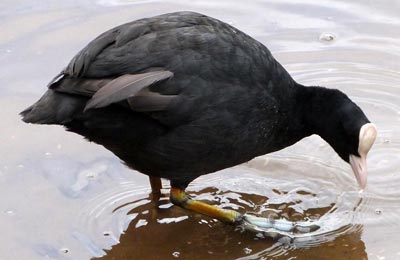 |
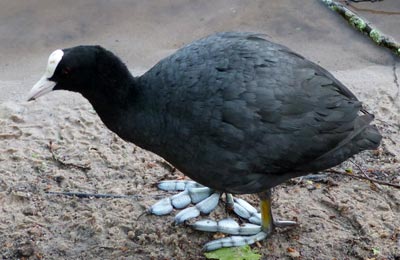 |
|
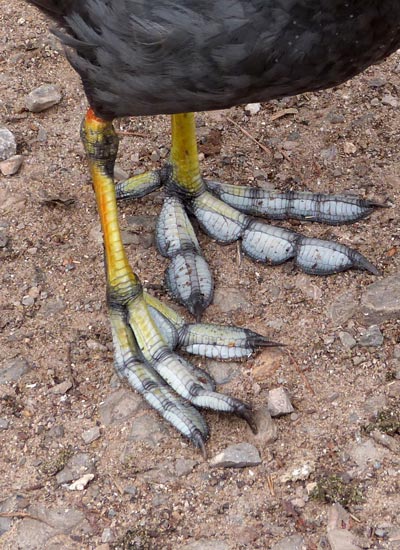 |

The Coot's nest is built in shallow water from vegetation, and usually in the shelter of vegetation but can be in the open. The Coots eggs are smooth and glossy, buff with dark brown spots. They are about 53 mm by 36 mm. Both parents incubate the eggs and look after the precocial nestlings, which, when newly hatched, are led to the water by their father. An unusual adaptation to its life in water is the large, scalloped toes. These enlarged lateral lobes provide for efficient swimming. On land, the bird appears clumsy when moving around. The appearance of baldness doesn't refer to the lack of feathers on the bird's head, but to their white markings. 'Bald' has several meanings, one of which is 'streaked or marked with white'. That's the meaning here, as in 'piebald', used to describe the black and white markings of a horse or other animal. The phrase is very old and is referred to in John Lydgate's Chronicle of Troy, 1430: "And yet he was as balde as is a coote." |
|
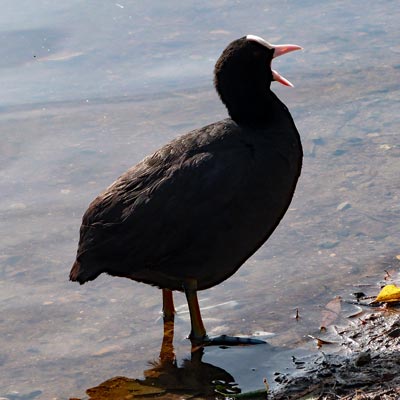 |
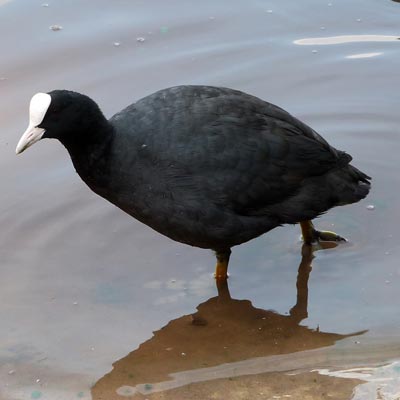 |
|
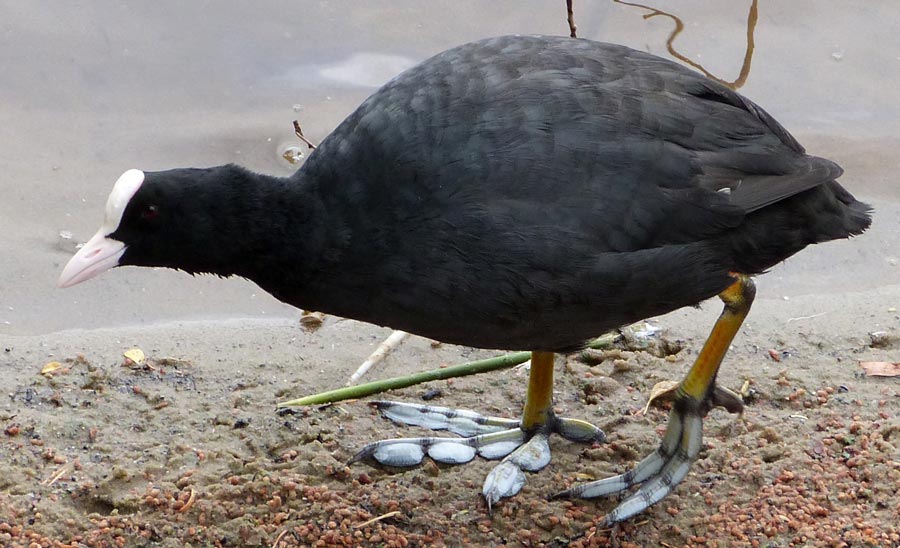 |
||
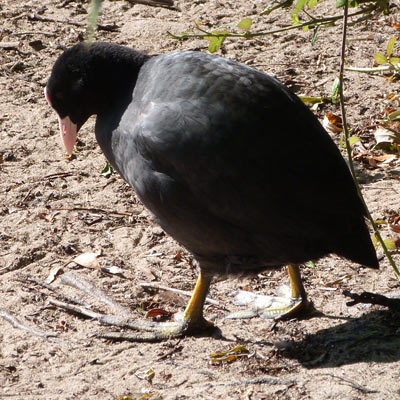 |
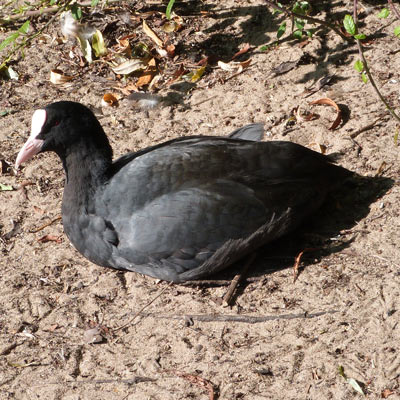 |
|
 |
||
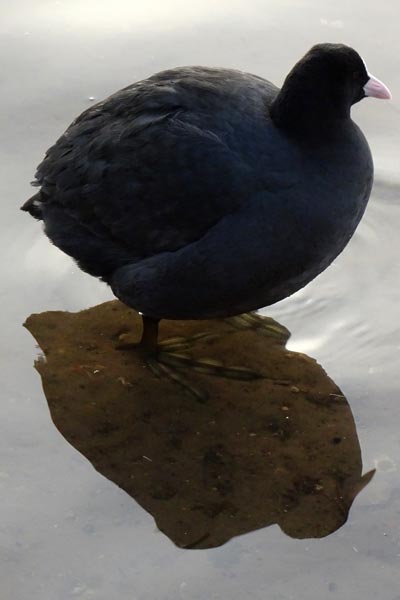 |
||
2021 |
||
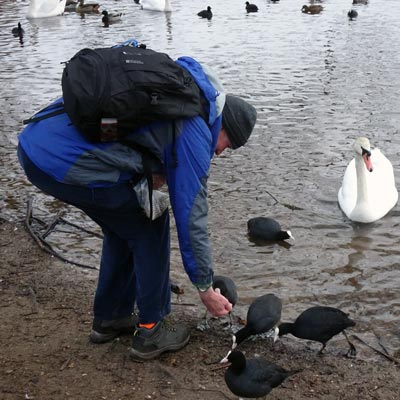 |
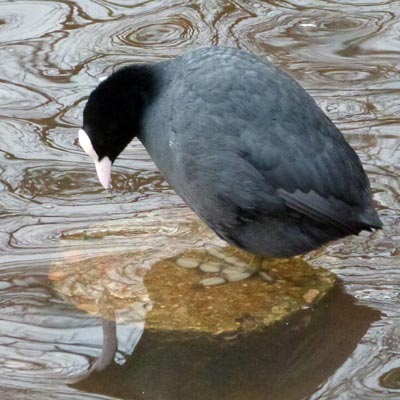 |
|
| Some coots will even eat from your hand! | Until recently the concrete pillar was above the water level | |
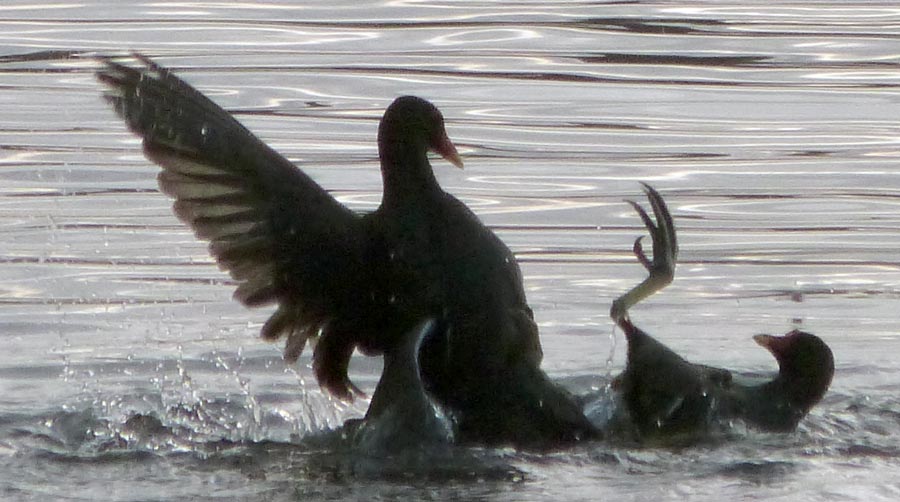 |
||
| A fight! Notice how they go on their backs and use their feet to attack. | ||
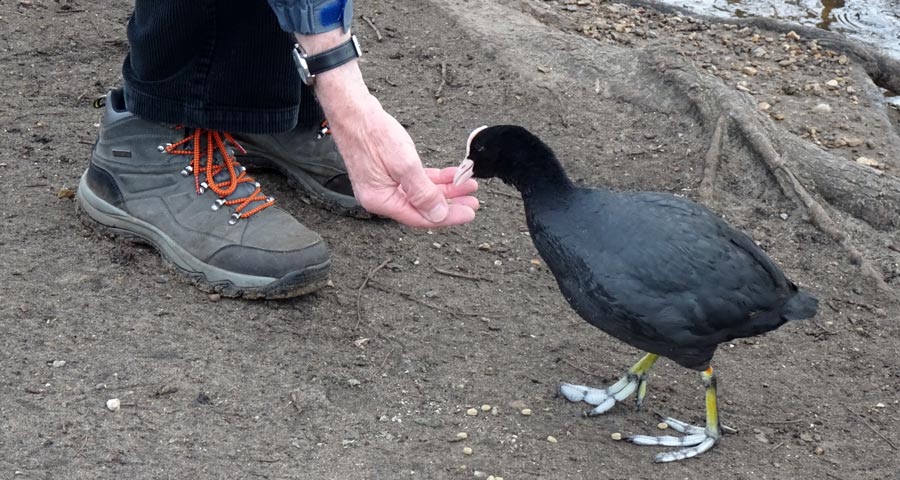 |
||
| Some are still happy to be hand-fed! | ||
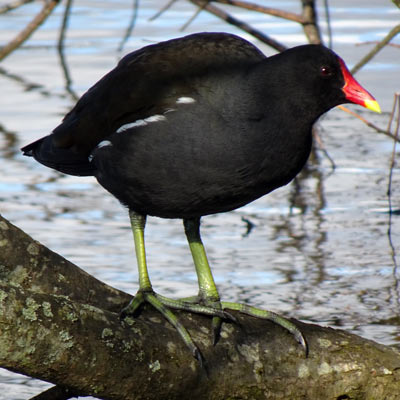 |
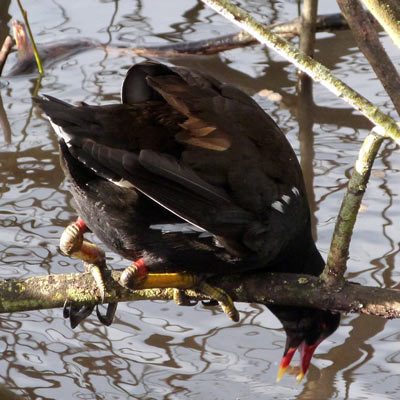 |
|
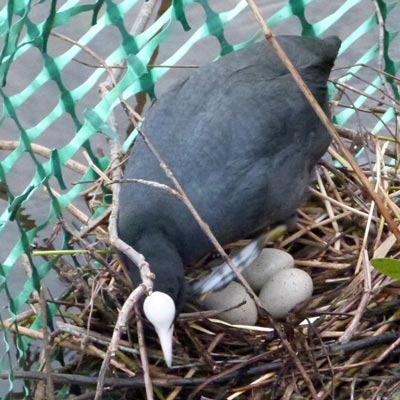 |
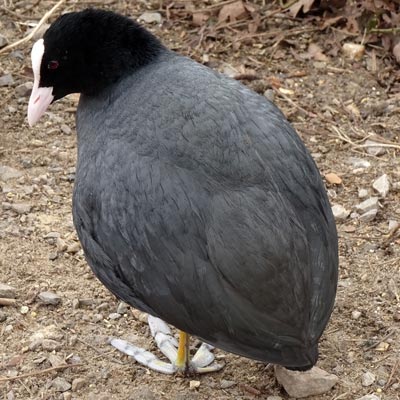 |
|
| Late March 2021: Eggs! | ||
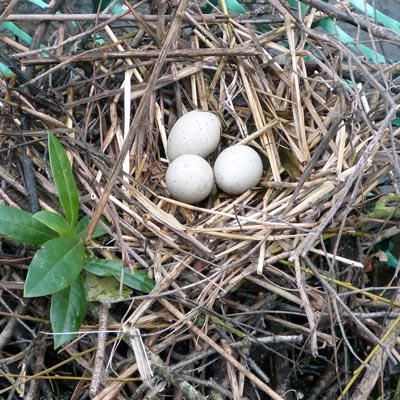 |
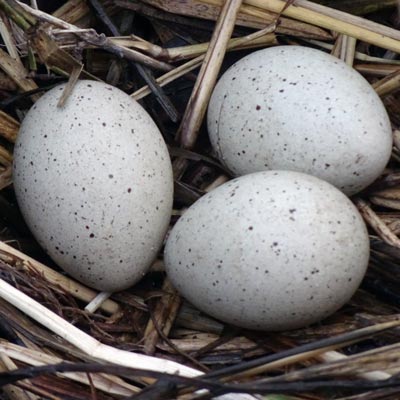 |
|
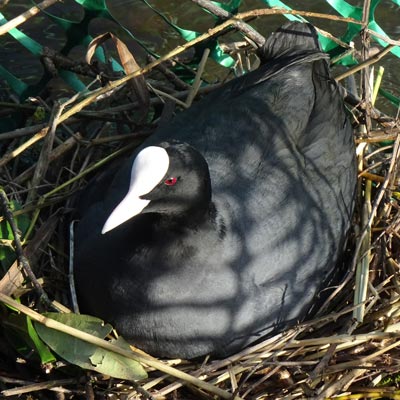 |
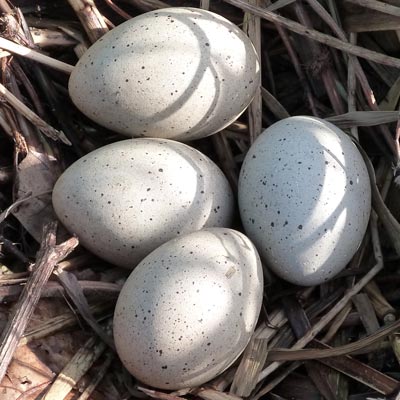 |
|
| Saturday 27 March: FOUR eggs | ||
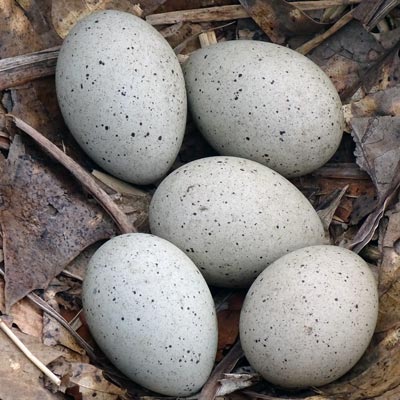 |
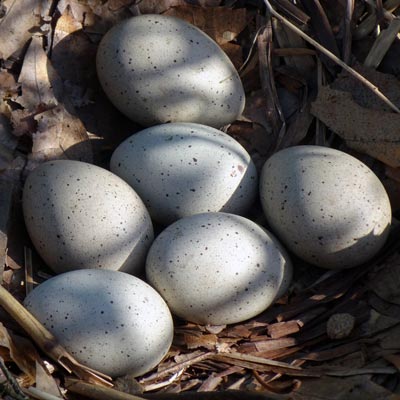 |
|
| Monday 29 March: FIVE eggs | Wednesday 31 March: SIX eggs | |
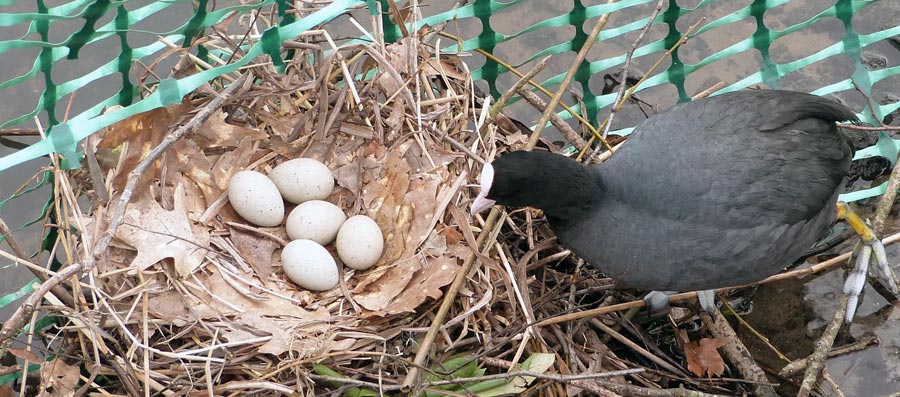 |
||
| Monday 29 March: FIVE eggs | ||
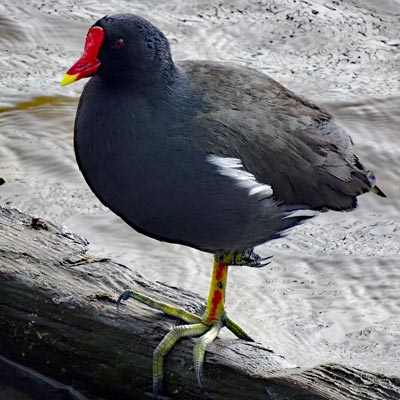 |
||
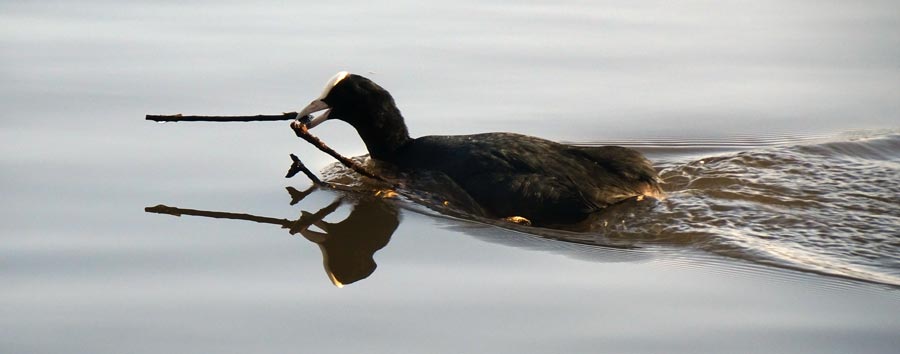 |
||
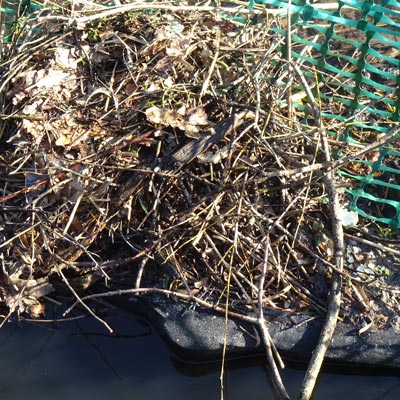 |
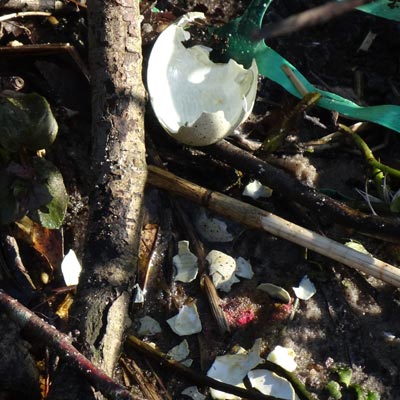 |
|
| Sadly, on Wednesday 7 April, the nest was empty and there was no sign of the coot. There was an empty egg-shell and pieces of shell. |
||
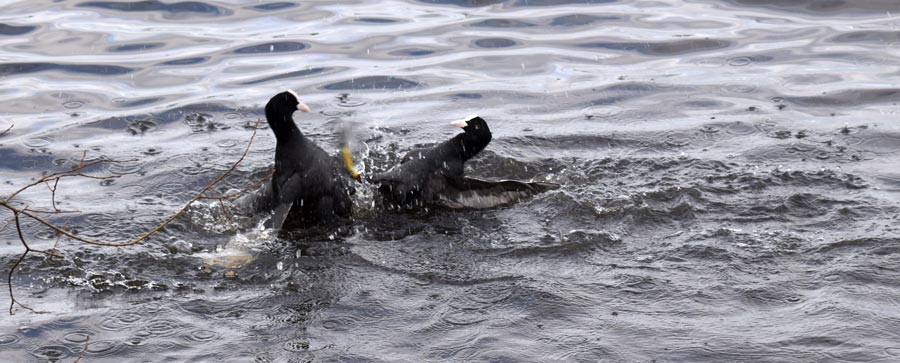 |
||
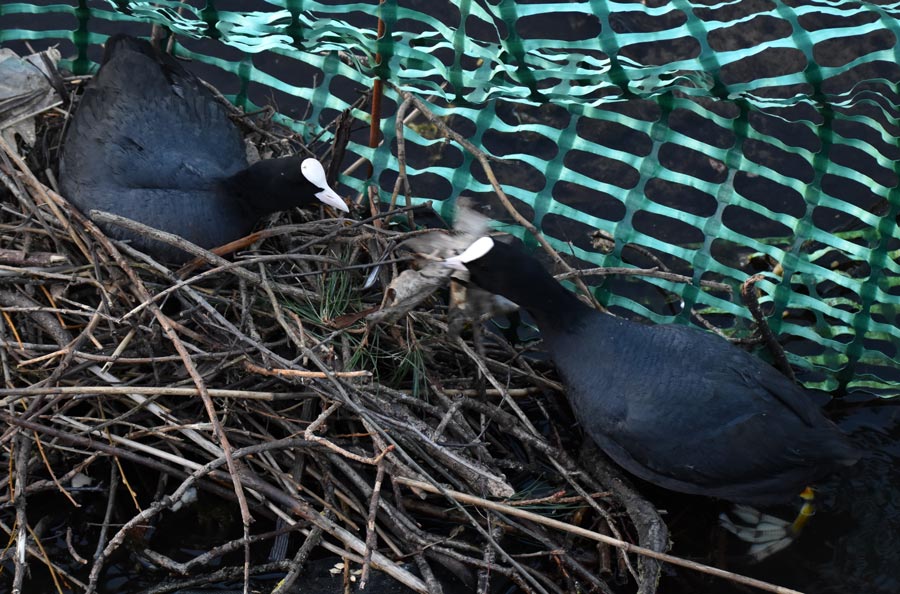 |
||
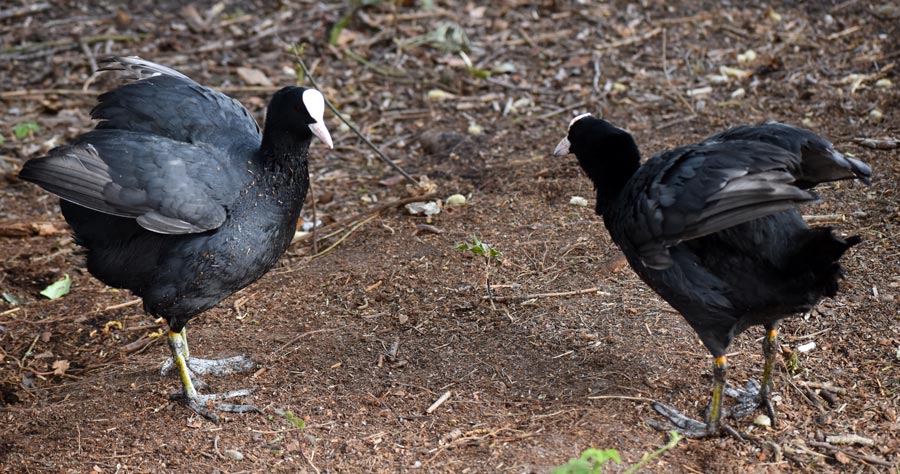 |
||
| Spoiling for a fight! | ||
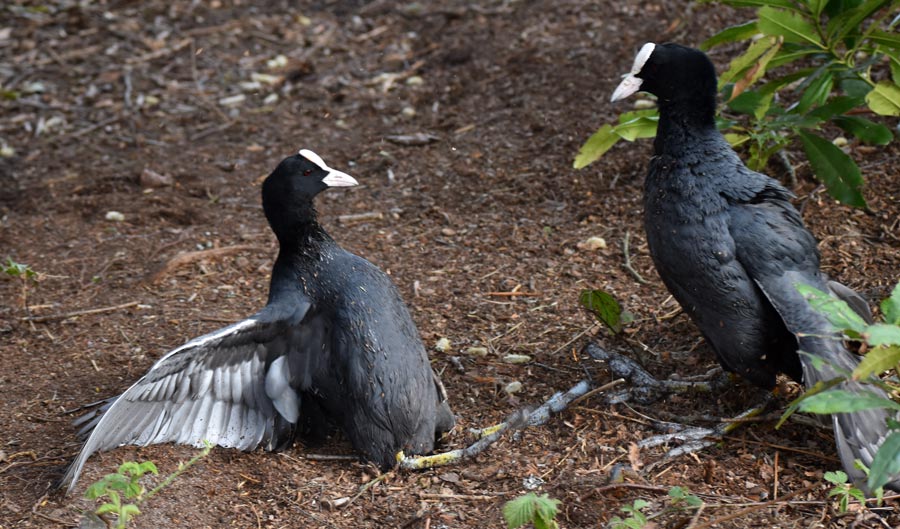 |
||
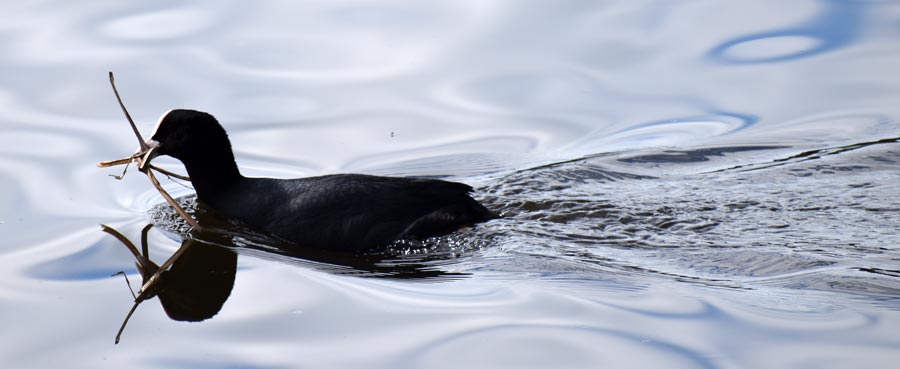 |
||
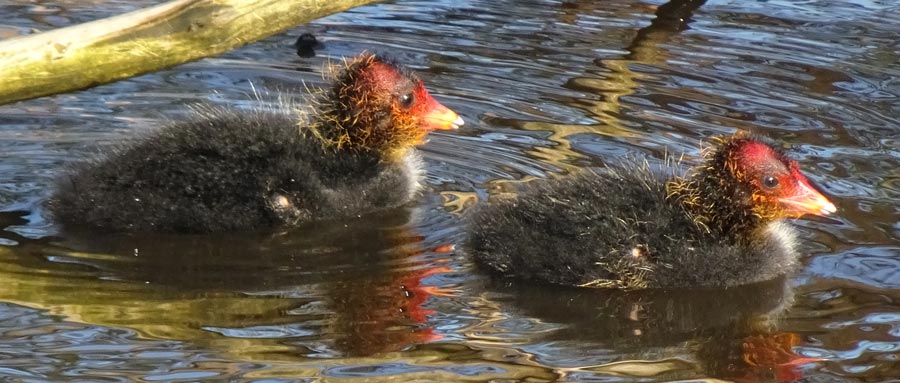 |
||
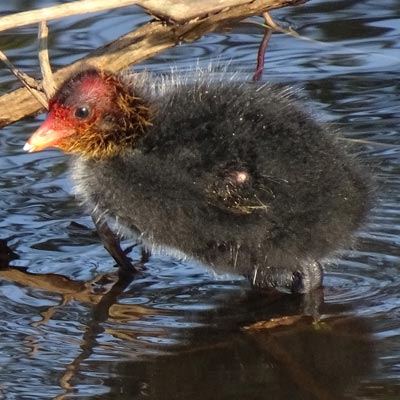 |
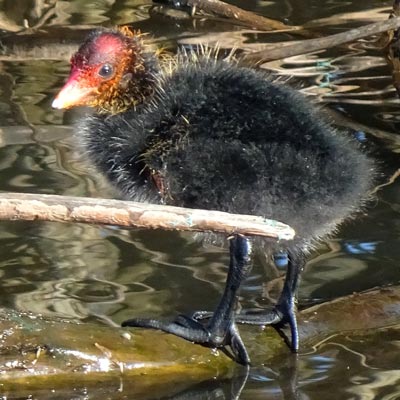 |
|
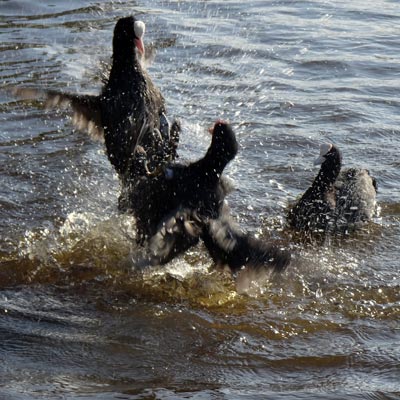 |
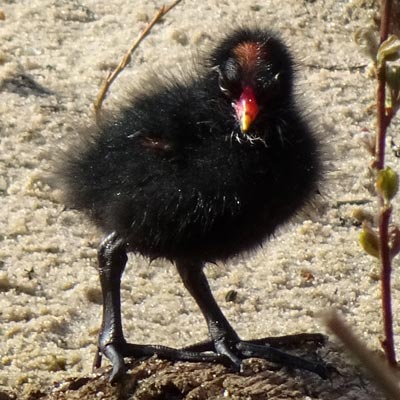 |
|
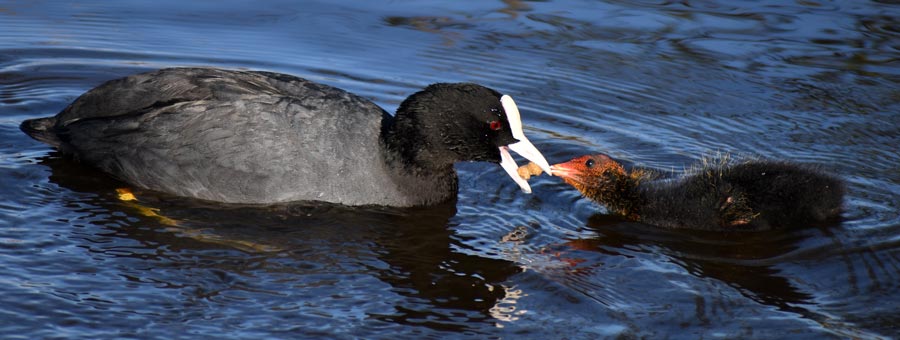 |
||
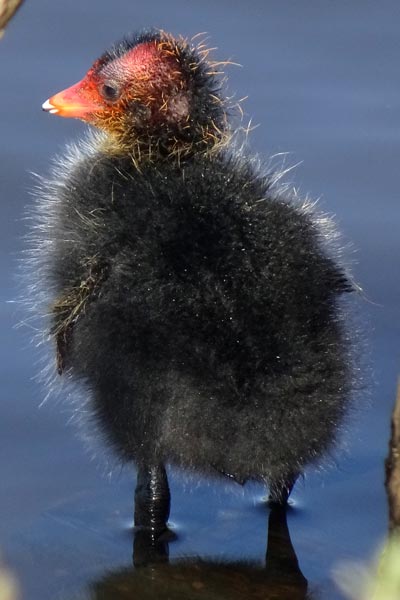 |
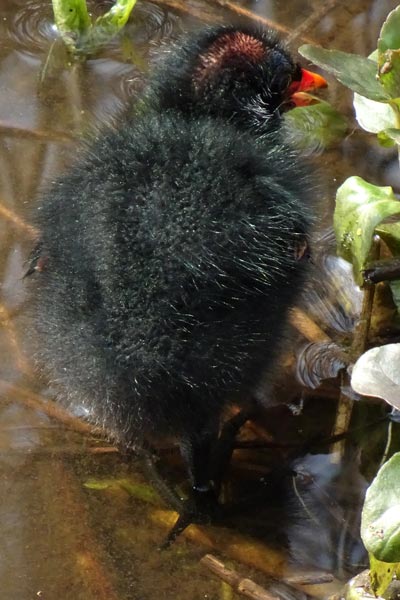 |
|
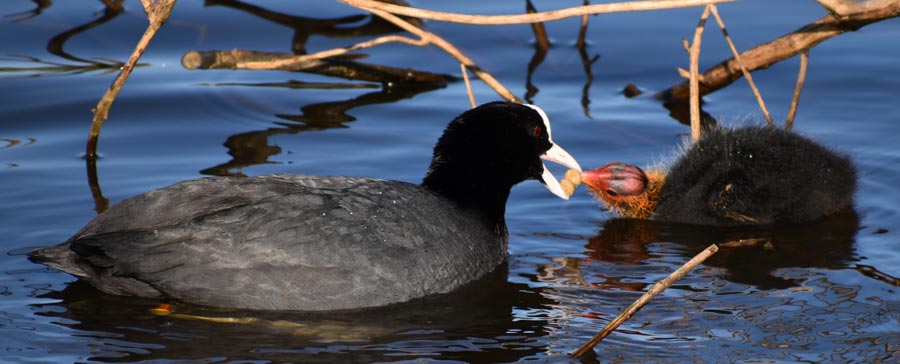 |
||
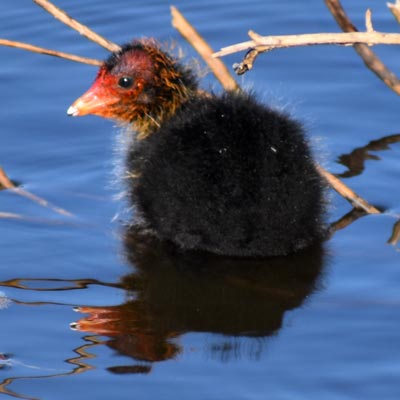 |
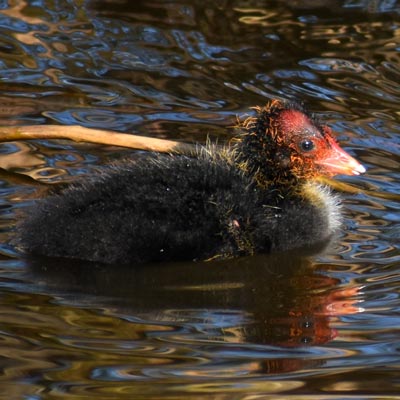 |
|
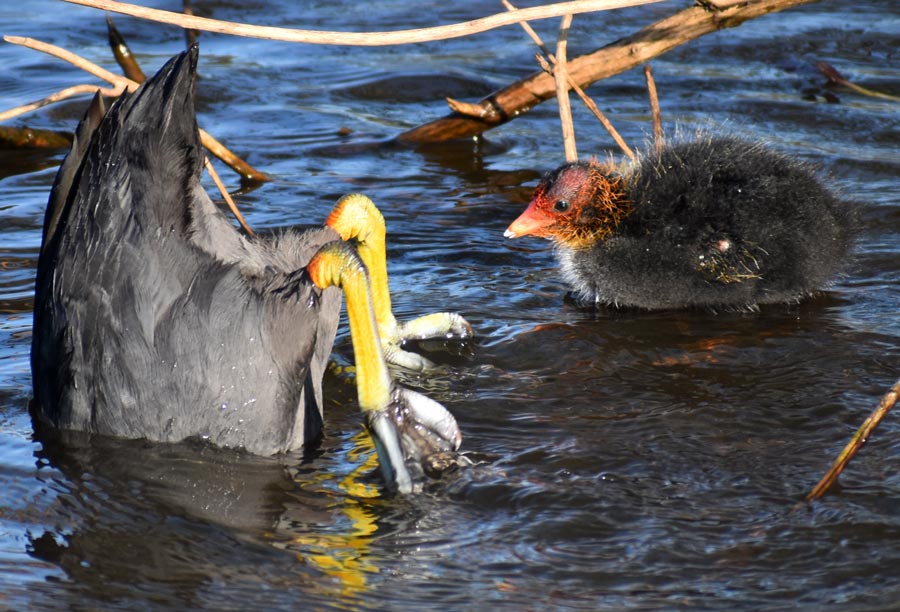 |
||
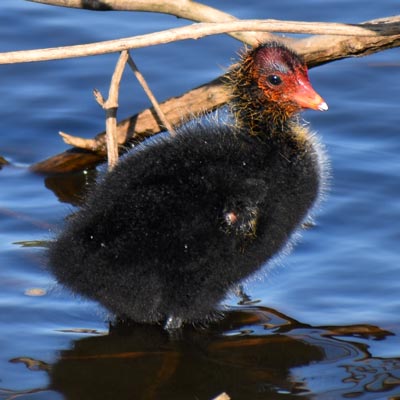 |
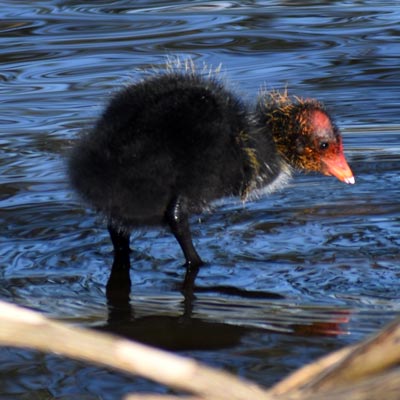 |
|
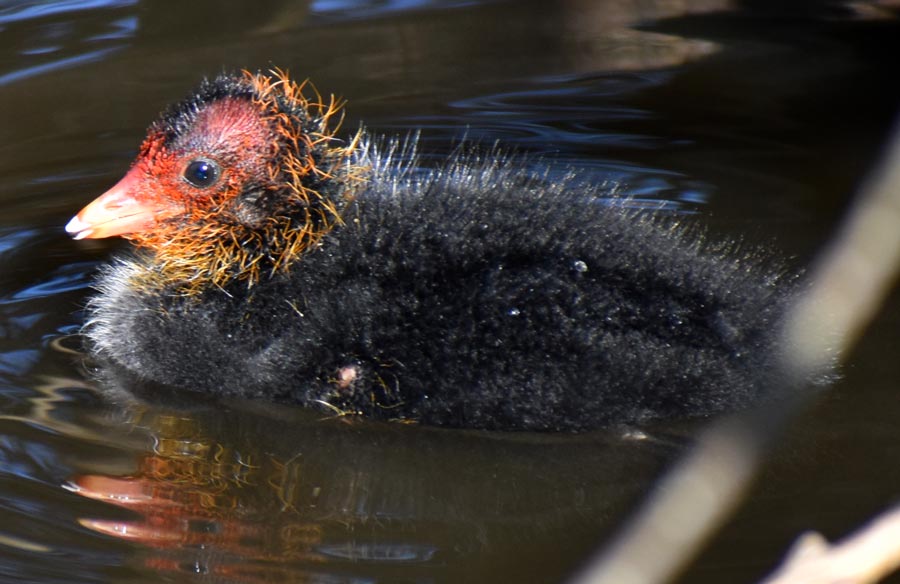 |
||
| Above: Coot | Below: Moorhen | |
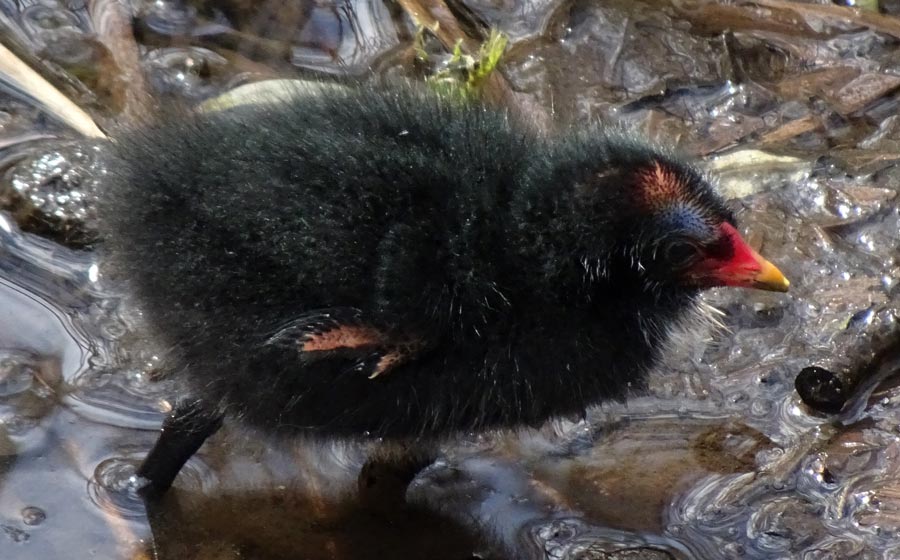 |
||
| Notice how similar baby coots and baby moorhens are. Coots have gingery hair on their heads, which are red, though their beaks are not as red as moorhens beaks. Both have devoted parents who bring food to them. | ||
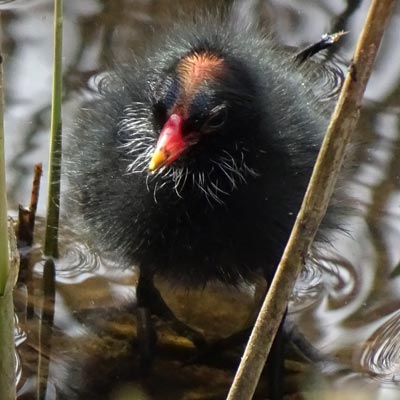 |
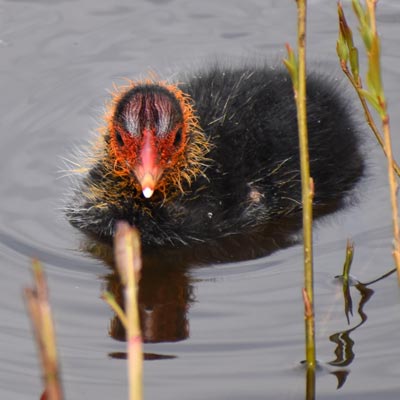 |
|
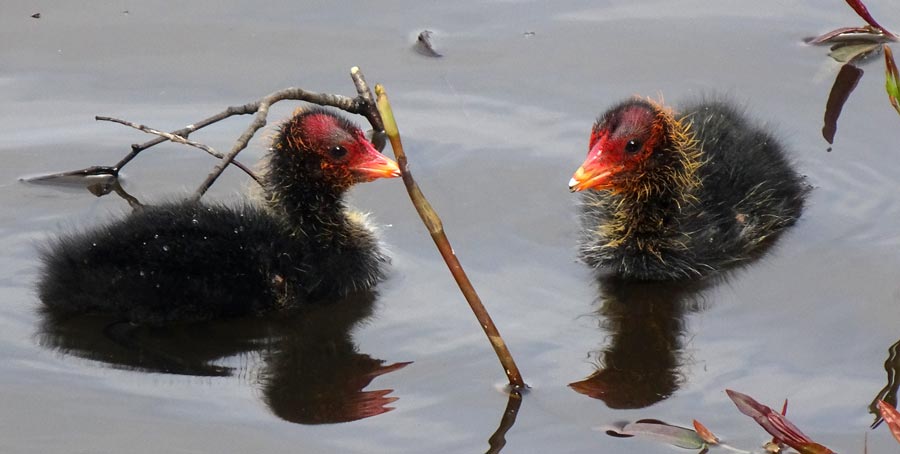 |
||
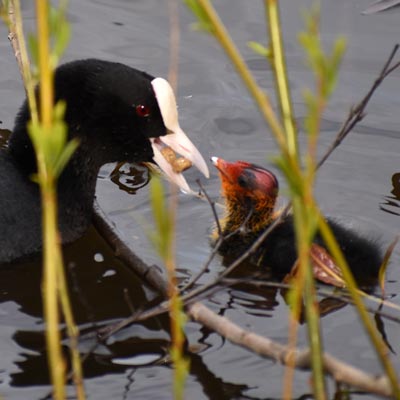 |
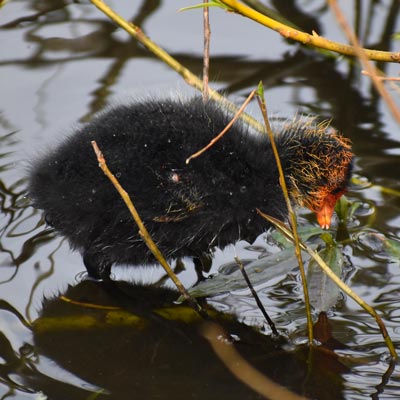 |
|
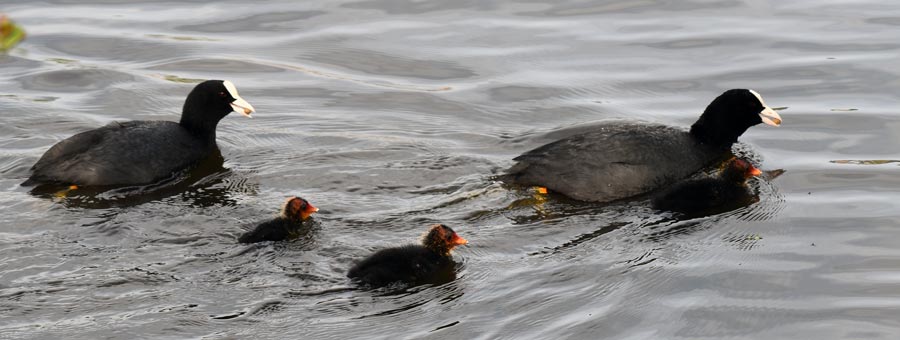 |
||
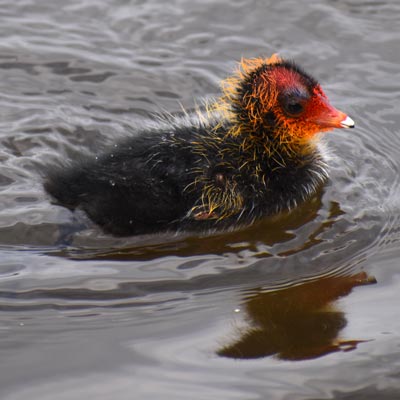 |
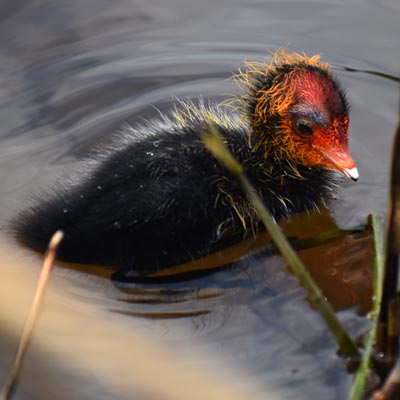 |
|
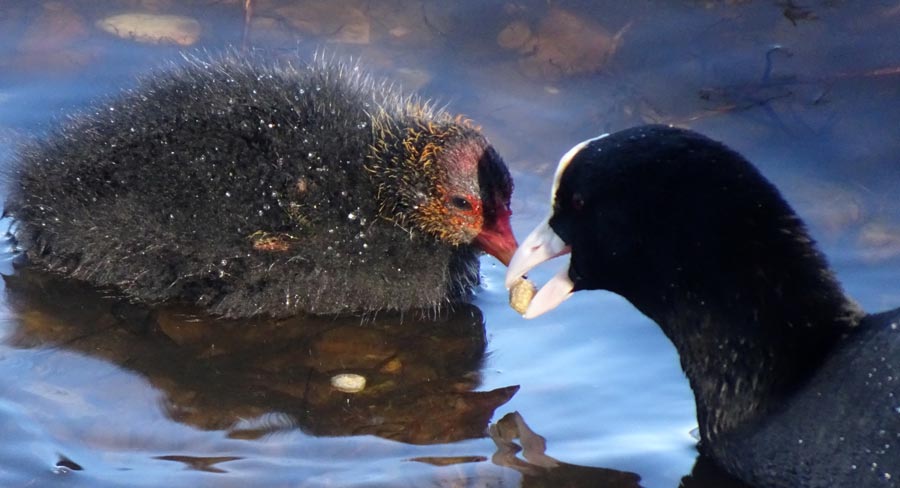 |
||
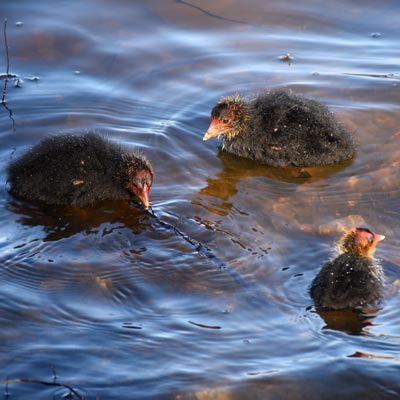 |
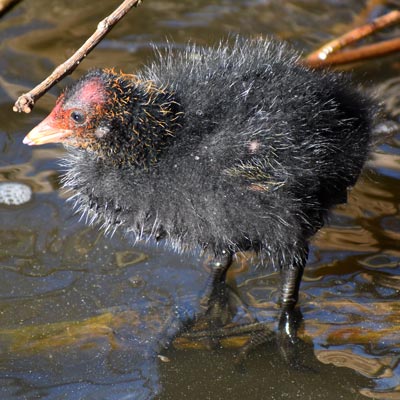 |
|
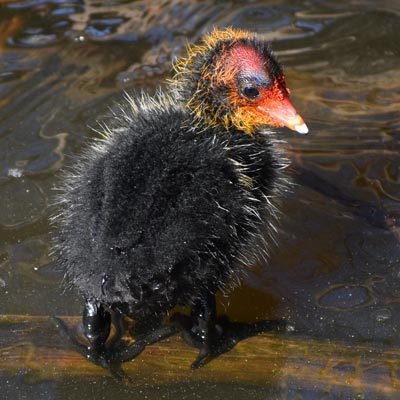 |
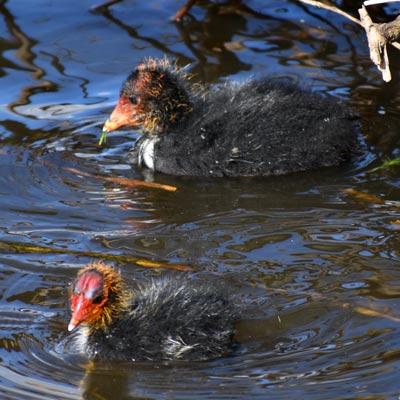 |
|
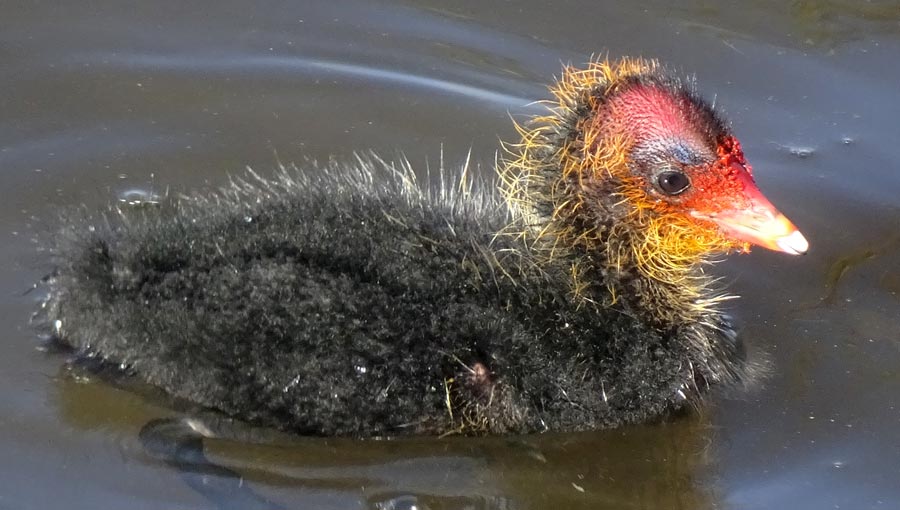 |
||
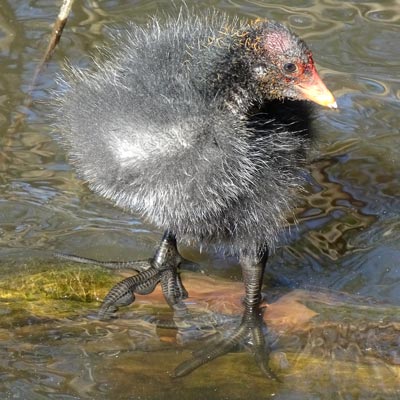 |
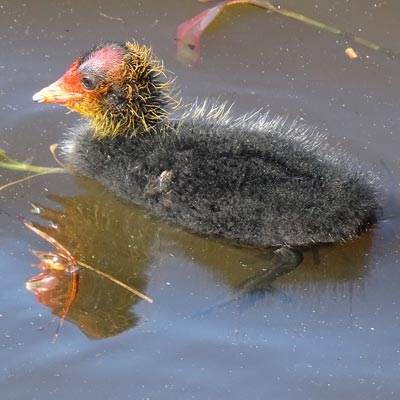 |
|
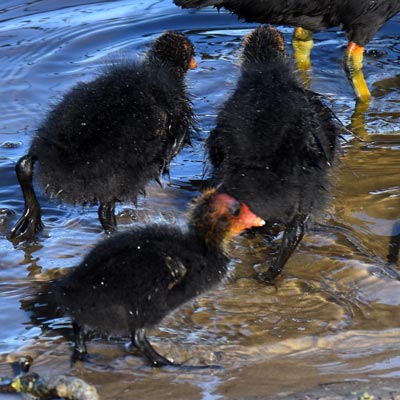 |
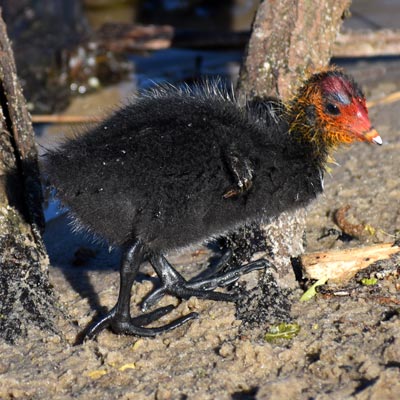 |
|
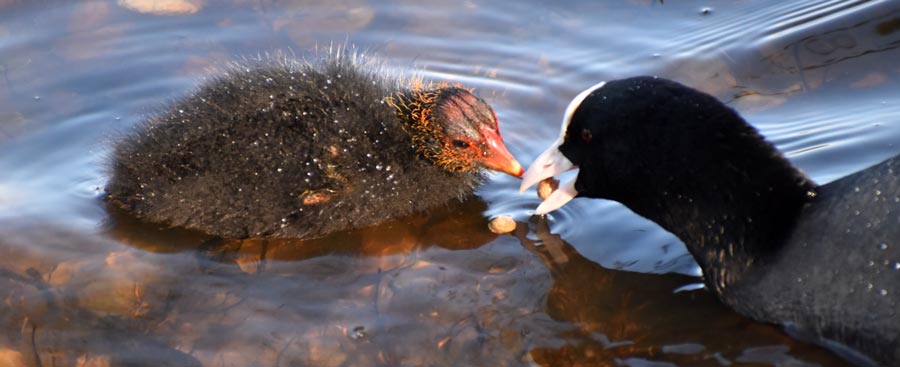 |
||
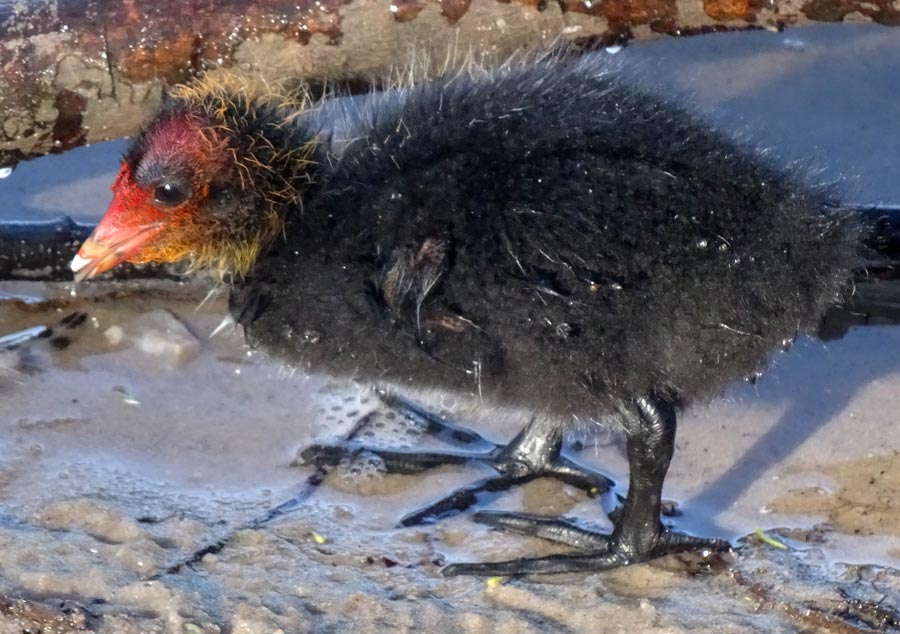 |
||
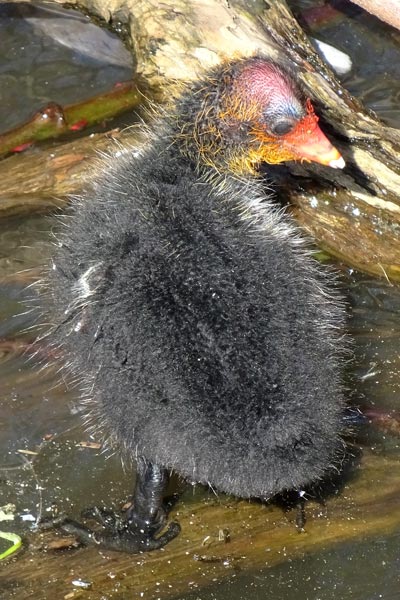 |
||
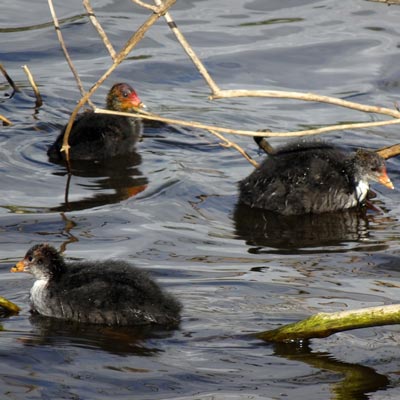 |
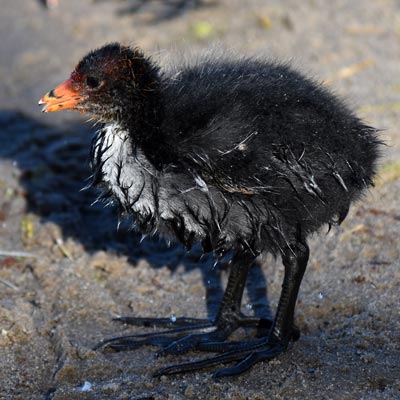 |
|
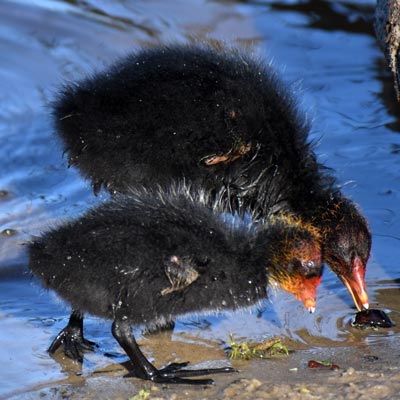 |
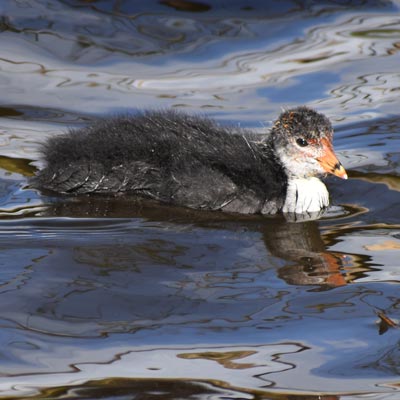 |
|
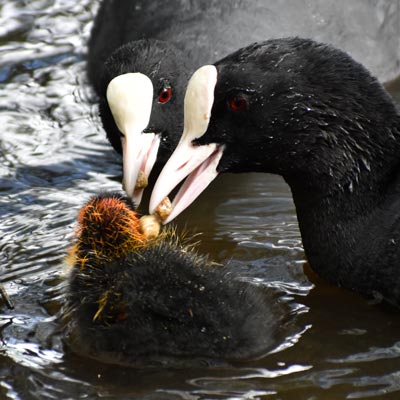 |
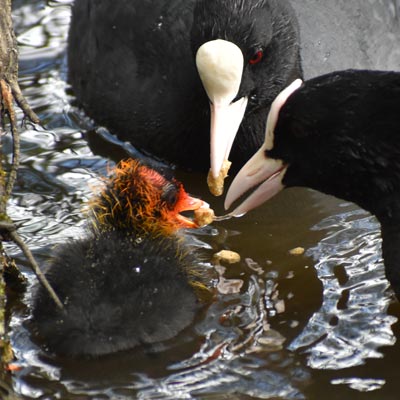 |
|
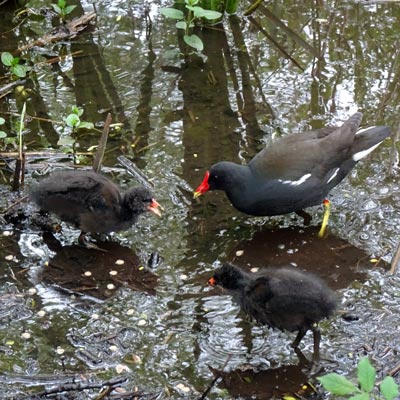 |
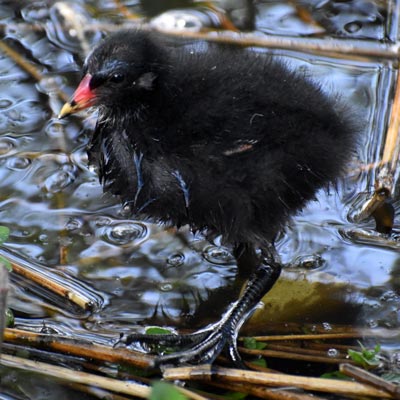 |
|
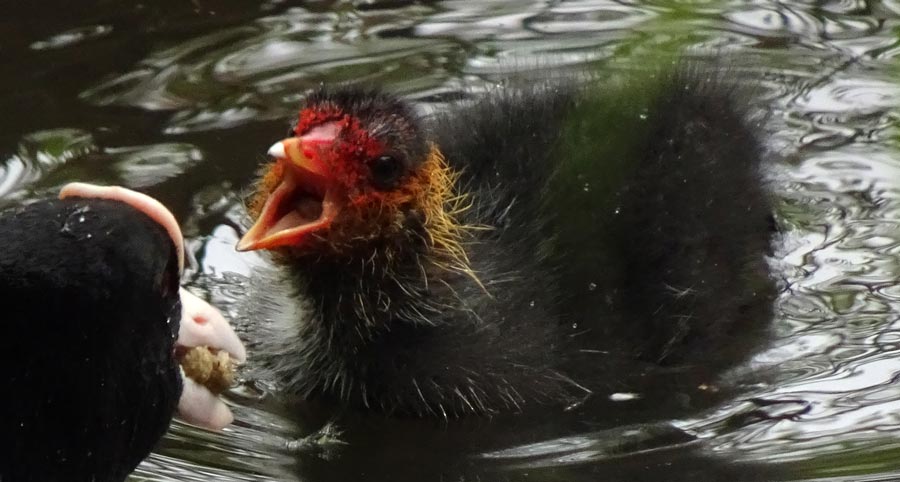 |
||
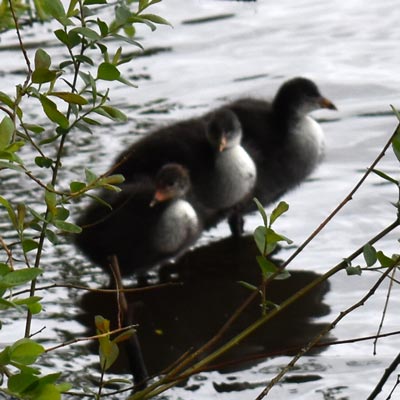 |
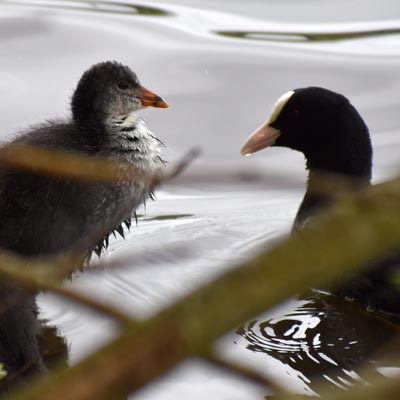 |
|
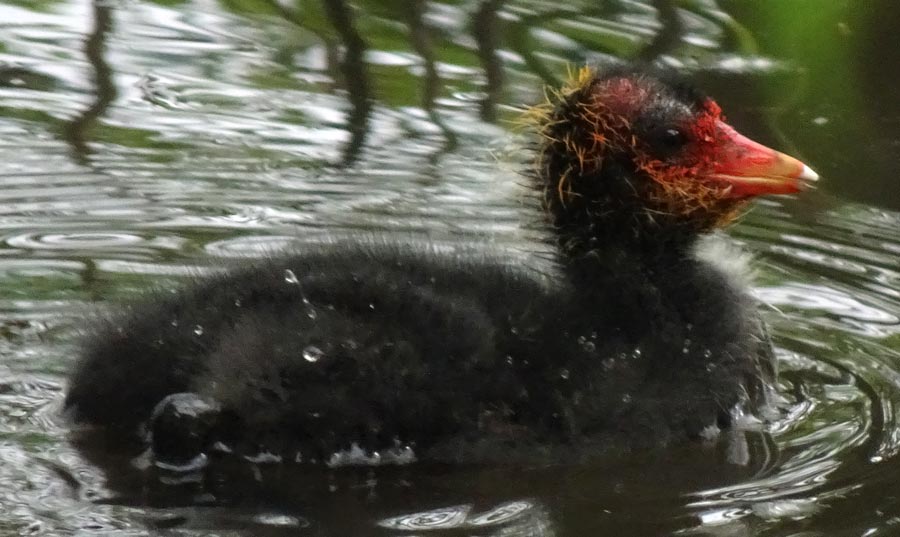 |
||
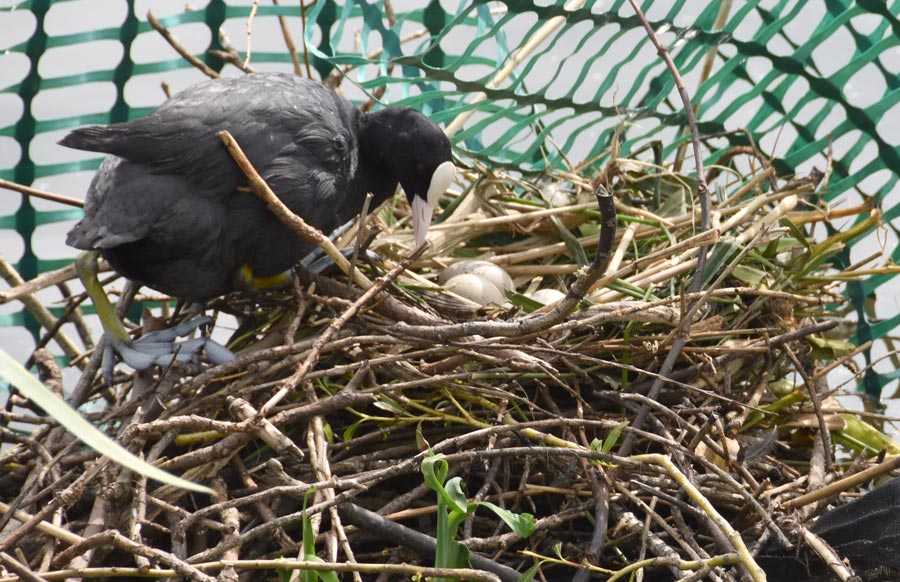 |
||
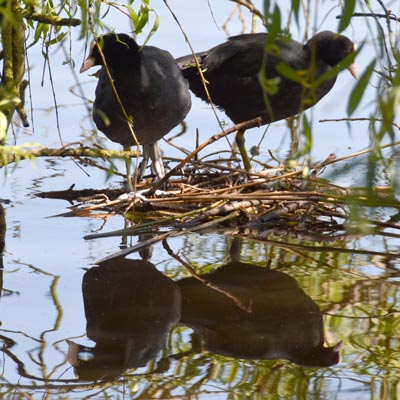 |
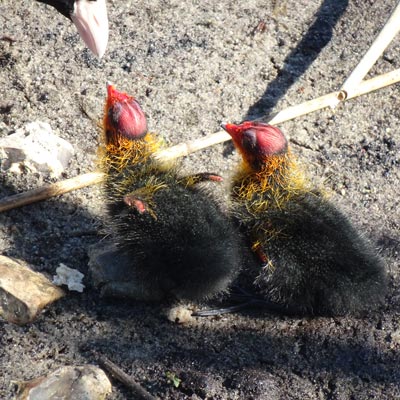 |
|
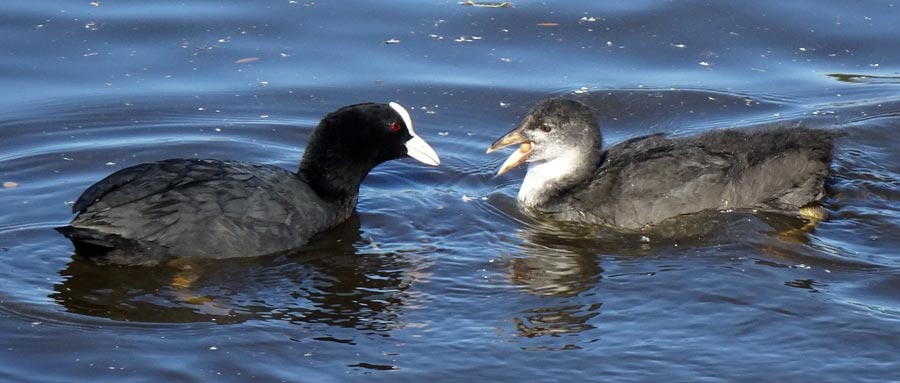 |
||
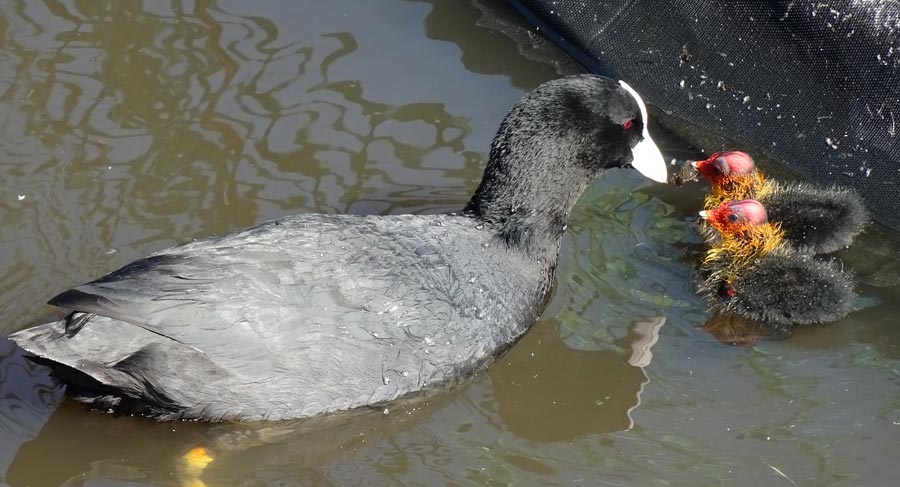 |
||
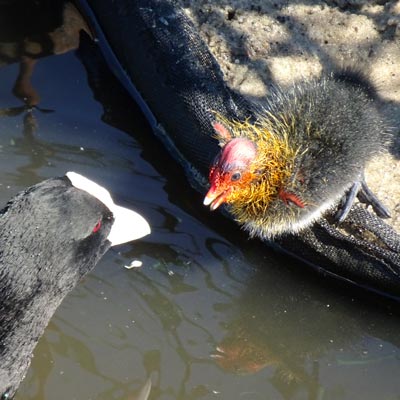 |
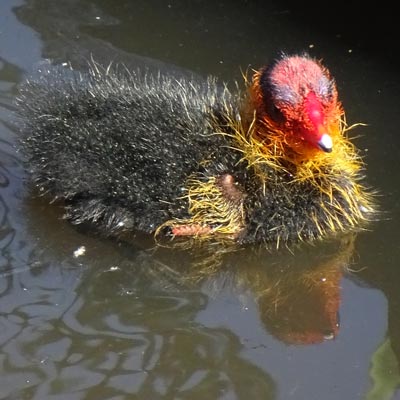 |
|
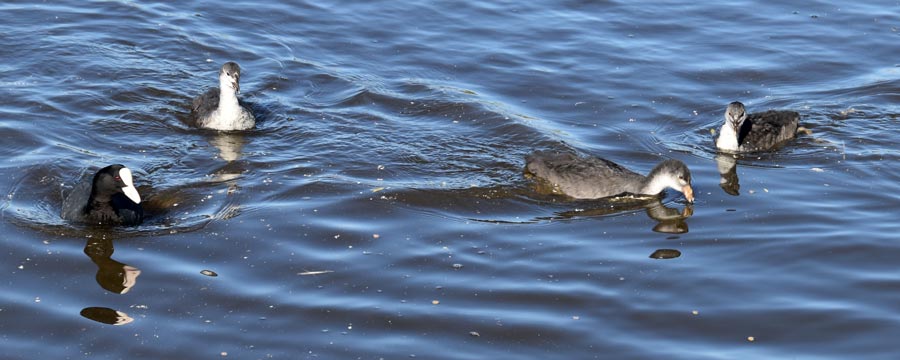 |
||
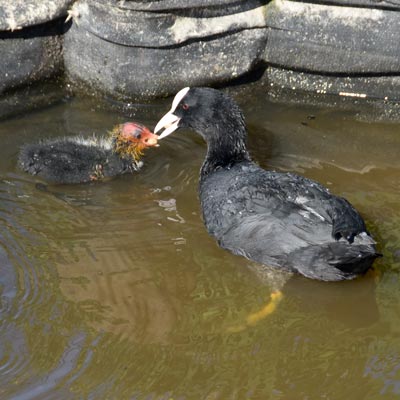 |
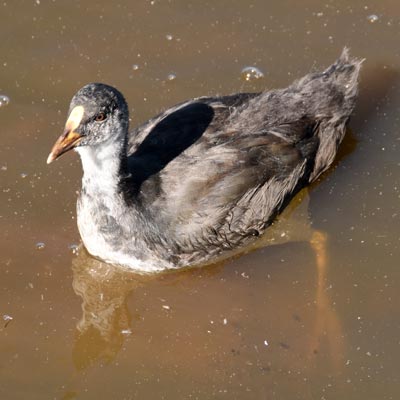 |
|
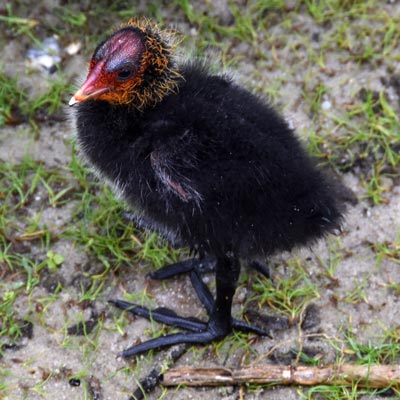 |
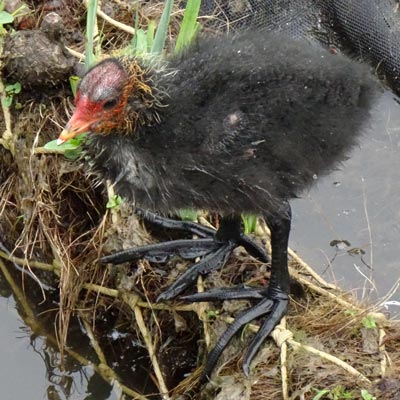 |
|
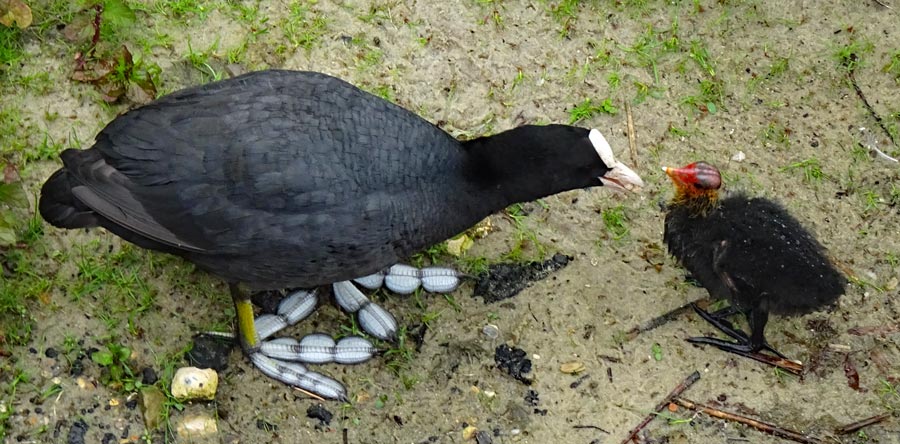 |
||
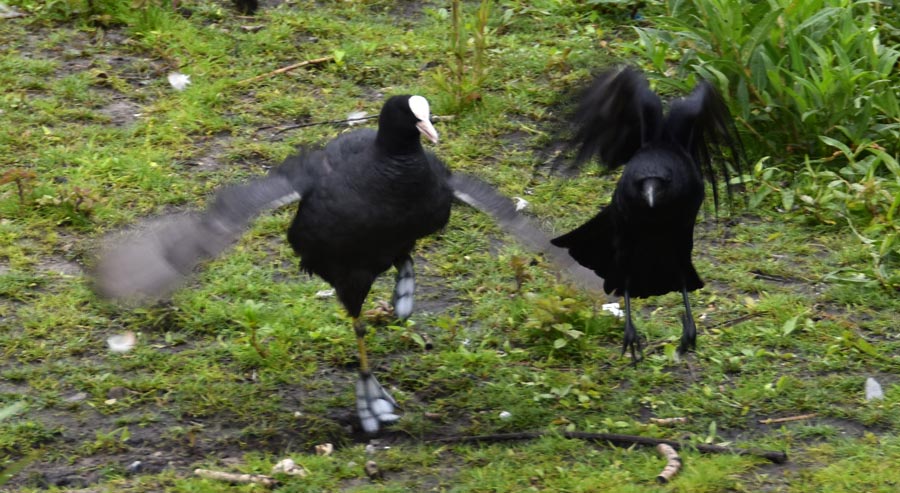 |
||
| A coot parent attacks a crow when it got too close to the chicks! | ||
| Go to the top of this page | ||